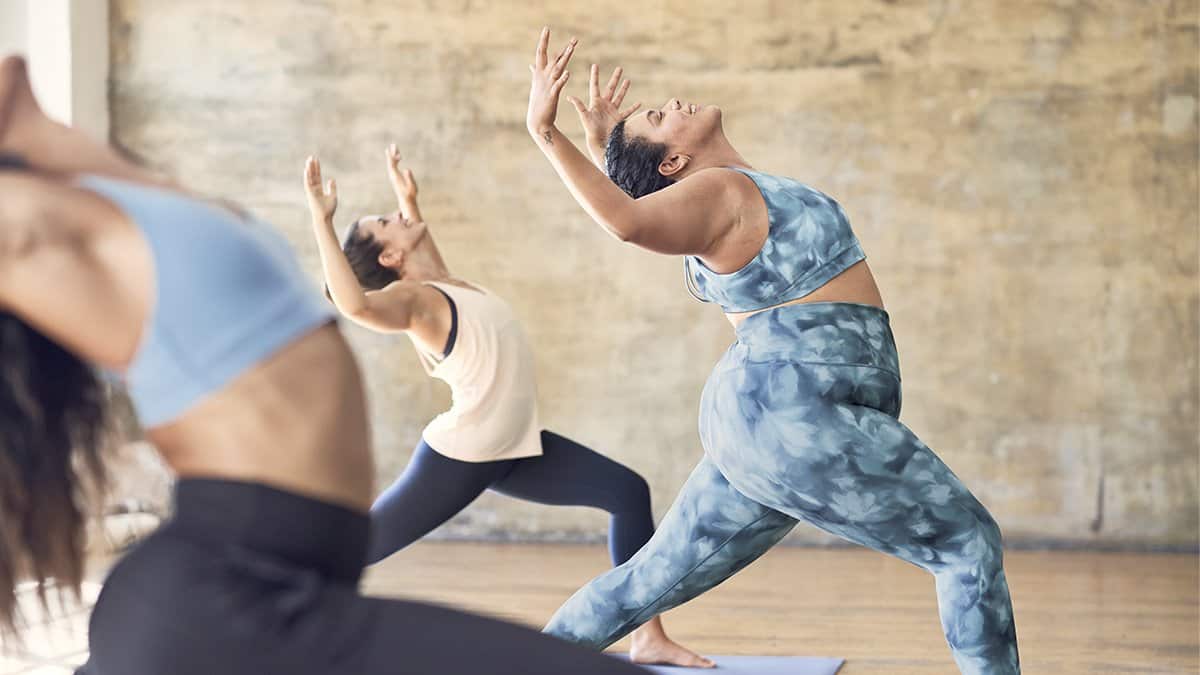This Is The Best Exercise For Lowering Blood Pressure, Study Finds
Plus, why blood pressure matters.


Assistant Beauty & Health Editor
Assistant Beauty & Health Editor
Hannah Frye is the Assistant Beauty Editor at mindbodygreen. She has a B.S. in journalism and a minor in women’s, gender, and queer studies from California Polytechnic State University, San Luis Obispo. Hannah has written across lifestyle sections including health, wellness, sustainability, personal development, and more.
Image by BONNINSTUDIO / Stocksy September 15, 2023 Everyone has their own reason for exercising. Some folks work out to build longevity-boosting muscle, others to improve their mood, and others to manage their chronic health conditions. Finding an exercise regimen that you enjoy that aligns with these goals is important. For those working out hoping to lower their blood pressure, new research suggests one type of exercise may be the most beneficial—and it's not what you'd think. 
Advertisement
This ad is displayed using third party content and we do not control its accessibility features.
Isometric exercise helps lower blood pressure
What is isometric exercise?
An isometric exercise involves contracting the body and holding it in that position without moving—think wall squats, planks, glute bridges, dead hangs, and some yoga poses.
Advertisement
This ad is displayed using third party content and we do not control its accessibility features.
This may come as a surprise given that cardio is often considered the best exercise for heart health and blood pressure. And while aerobic movement has its own benefits, exercising at a high intensity can cause a dramatic increase in blood pressure, which may not be ideal for anyone who needs to keep their blood pressure low and stable.
While all of the exercise methods reviewed did benefit resting heart rate in some way—a case for regular exercise in any form!—isometric exercise did come out on top.
Now, you don't have to stop doing an exercise you enjoy just because of this study finding. Instead, consider adding in a few isometric exercises to the beginning or end of your workout, reserving one or two days a week to focus on isometric moves, or doing a strength-based yoga flow that utilizes holds every once in a while.
Here are some other isometric movements from the mindbodygreen archive you can easily work into your routine:
Why does blood pressure matter?
The higher your blood pressure, the greater your risk for other health concerns like heart disease, heart attack, and stroke2. High blood pressure can damage essential organs like your heart, brain, and kidneys—so yes, it's an important part of overall health.
Some chronic health conditions like Type 2 diabetes and obesity can cause blood pressure to rise, as can things like smoking, not exercising, and eating a diet rich in saturated or trans fats.
High blood pressure doesn't always lead to noticeable symptoms. To ensure you're in a healthy range, be sure to get regular blood pressure measurements from your health care provider or invest in an at-home testing device.
In the meantime, add some isometric exercises to your daily routine and keep your food intake focused on whole and natural foods with healthy fats. And remember: Any movement is better than no movement, for blood pressure and beyond.
Advertisement
This ad is displayed using third party content and we do not control its accessibility features.
The takeaway
A new study found that isometric exercise was more effective at lowering resting blood pressure compared to other exercises. Static holding movements like planks, wall squats, and dead hangs are all isometric moves. If you're not sure where to start, incorporate some planks into your workout routine—here are 10 variations to get you started.
Advertisement
This ad is displayed using third party content and we do not control its accessibility features.

 ValVades
ValVades 































